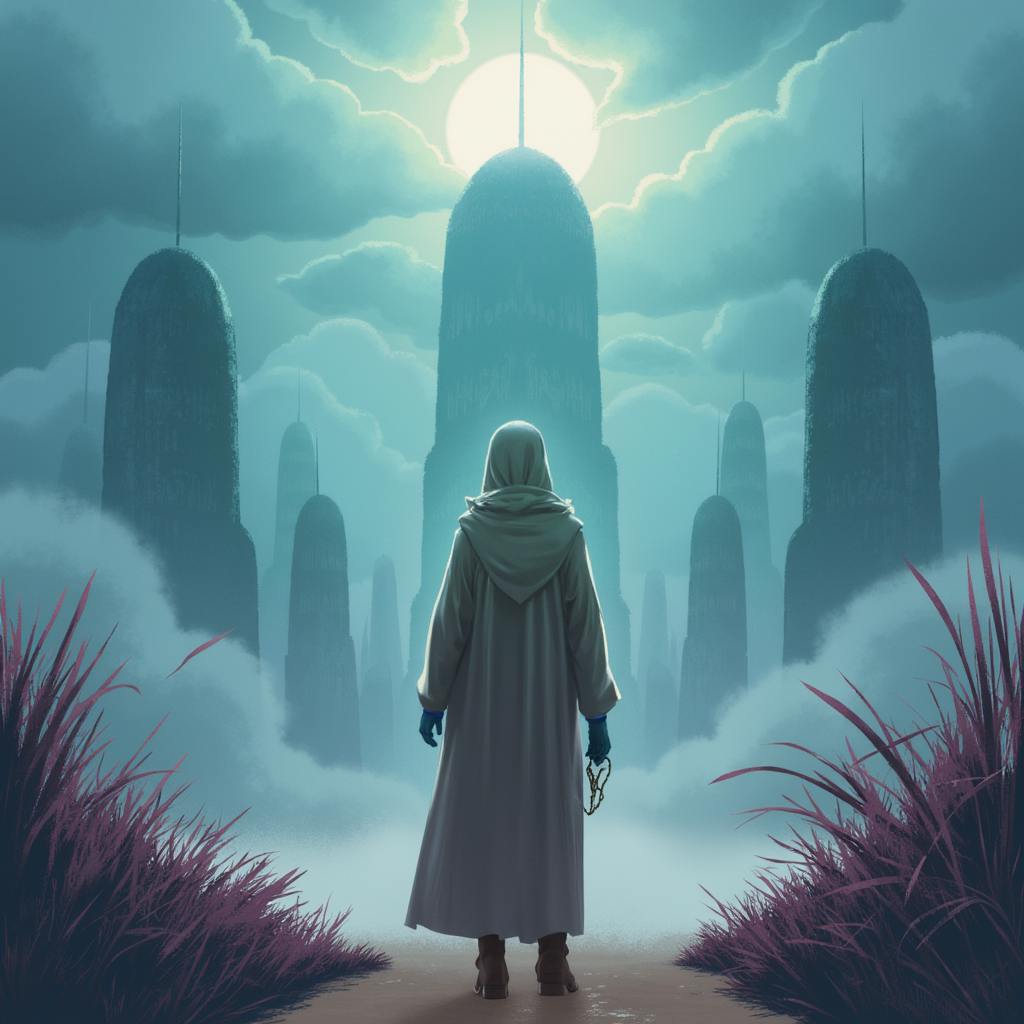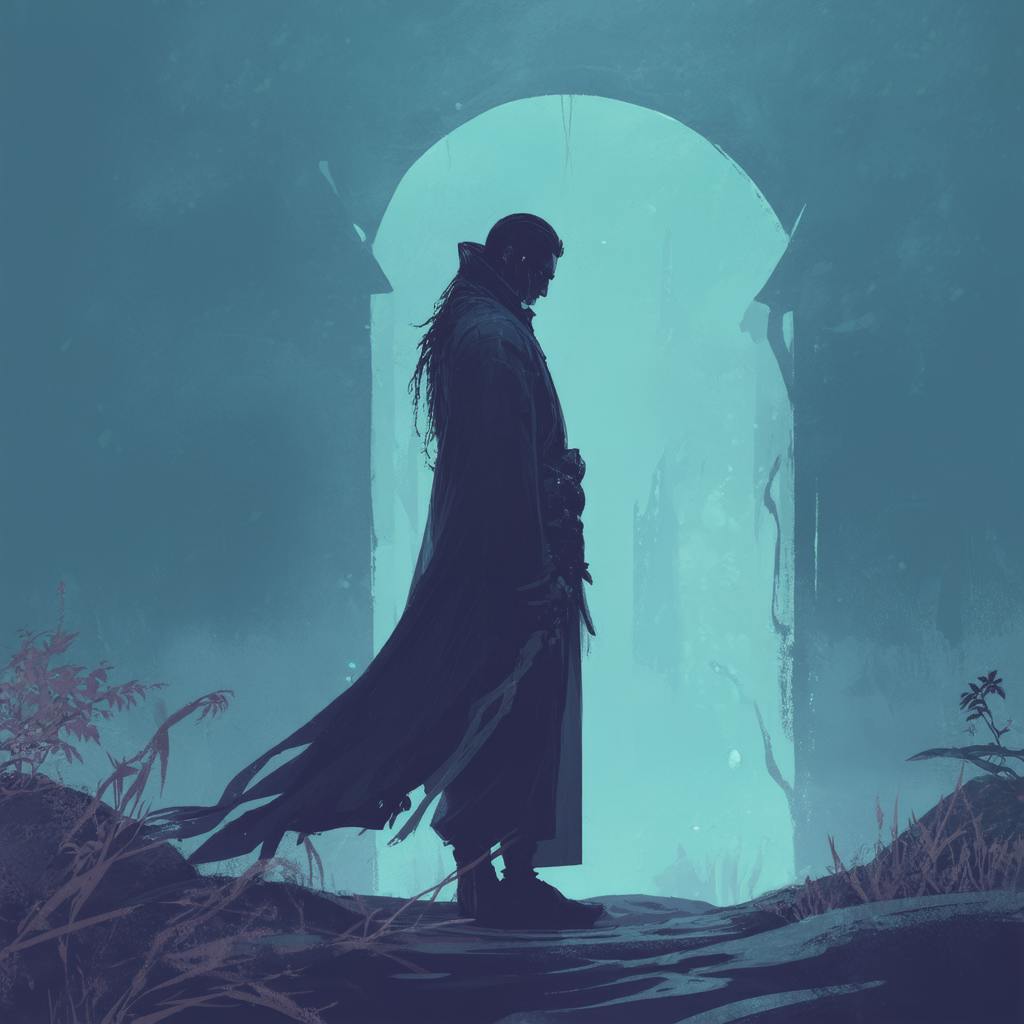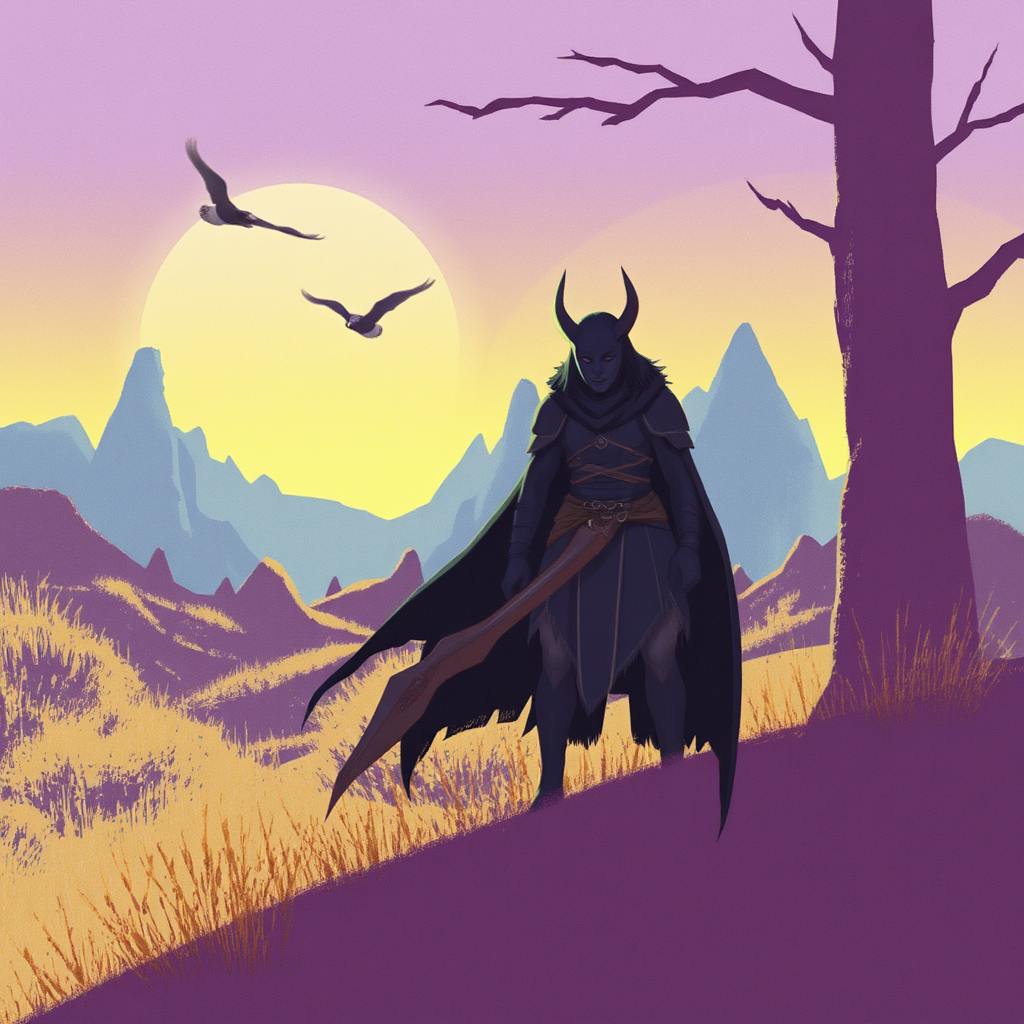When it comes to crafting captivating narratives, drawing inspiration from established works can be an invaluable exercise. Fictional story examples not only enthrall readers but also serve as foundational blueprints for aspiring writers. By exploring short fiction story examples and other fiction samples, both emerging and seasoned authors can gain insights into the craft of storytelling. This article delves into the richness of fiction story examples, showcasing how they can serve as both a source of inspiration and a practical guide for writers looking to hone their skills.
The Power of Fiction Story Examples
When writers immerse themselves in a well-crafted fictional story, they are exposed to the delicate intricacies that make narratives compelling. For instance, examining a sample of a short story can reveal how plot devices, character development, and thematic elements are interwoven to produce a resonant tale. Classic examples such as Edgar Allan Poe's "The Tell-Tale Heart" or Kate Chopin's "The Story of an Hour" encapsulate these techniques, offering profound learning experiences through their narrative structure and unique stylistic elements.
Crafting Realistic Characters
One of the most compelling aspects of any fictional story lies in the authenticity and depth of its characters. By analyzing fiction samples like J.D. Salinger's "A Perfect Day for Bananafish" and Raymond Carver's "Cathedral," writers can draw lessons on character development and dialogue. These stories provide clear illustrations of how subtlety and nuance contribute to creating believable and relatable characters, which is a cornerstone of fiction that captivates readers.
Establishing a Strong Narrative Arc
A well-constructed narrative arc is essential in maintaining a reader's interest and ensuring that the story resonates long after it concludes. Fiction story examples like Franz Kafka's "The Metamorphosis" and Shirley Jackson's "The Lottery" serve as quintessential models for understanding how to pace a narrative effectively. These examples offer clear lessons on how to escalate tension and deliver impactful climaxes, guiding writers in developing their storytelling skills.

AI made with Dean Jones
Evoking Emotion and Theme
The ability of a story to evoke emotion and explore complex themes is what often elevates it to an unforgettable piece of art. Fictional story examples such as James Joyce's "Araby" and Anton Chekhov's "The Lady with the Pet Dog" demonstrate how themes of love, identity, and existential reflection can be interwoven with narrative to provoke thought and elicit strong emotional responses from readers. Studying these examples provides writers with valuable insights into thematic integration and emotional resonance in storytelling.
Frequently Asked Questions
What is an example of a short story that has shocked readers?
Shirley Jackson's "The Lottery" is famous for its shocking and unexpected conclusion. Its exploration of themes like conformity and tradition has left readers stunned and provides a fascinating study in contrast and surprise.
Can fiction story examples help in overcoming writer's block?
Yes, exploring fiction samples can serve as a catalyst for creativity. By analyzing existing works, writers may find new ideas, perspectives, or techniques that inspire them to overcome blocks and continue developing their narratives.
How can writers analyze fiction story examples effectively?
Writers can dissect stories by focusing on components such as plot structure, character dynamics, themes, and stylistic elements. Taking notes and discussing stories with peers can also foster deeper understanding and generate new ideas.
Frequently Asked Questions: Fiction Story Examples
What are some examples of great fiction stories that inspire writers?
Many fiction stories have left a significant imprint on the literary world, serving as inspiration for countless writers. Here are a few notable examples:
- "To Kill a Mockingbird" by Harper Lee: This novel is celebrated for its thoughtful exploration of themes such as racial injustice and moral growth. The storytelling is impactful and the characters, notably Atticus Finch, leave lasting impressions.
- "1984" by George Orwell: This dystopian novel is revered for its sharp commentary on totalitarianism, surveillance, and individuality. Orwell's visionary prose is a powerful inspiration for writers interested in socio-political narratives.
- "Pride and Prejudice" by Jane Austen: A classic of romantic fiction, this story provides intricate character studies and insights into social structures. Austen's wit and narrative style have inspired countless authors, particularly in the romance genre.
- "The Great Gatsby" by F. Scott Fitzgerald: Celebrated for its lyrical prose and exploration of themes like wealth, love, and the American Dream, Fitzgerald's novel inspires writers with its vivid imagery and profound narrative depth.
- "Moby-Dick" by Herman Melville: Known for its ambitious style and depth, Melville's work inspires writers who wish to delve into complex themes and symbolism.
Which fiction stories are most inspiring for writers and why?
Some stories inspire writers not only for their narrative brilliance but also for the lessons they impart:
- "One Hundred Years of Solitude" by Gabriel García Márquez: This masterpiece of magical realism is noted for its lush and mystical storytelling, urging writers to explore imaginative and unconventional narrative techniques.
- "The Catcher in the Rye" by J.D. Salinger: This novel's portrayal of teenage angst and alienation resonates with writers exploring themes of identity and rebellion.
- "Beloved" by Toni Morrison: Known for its powerful voice and exploration of history and memory, Morrison's work inspires writers to tackle difficult themes and give voice to marginalized stories.
- "The Road" by Cormac McCarthy: The stark, minimalist prose and profound exploration of survival and humanity in McCarthy's work often inspire writers interested in post-apocalyptic themes.
Can you share some examples of fiction stories that were sources of inspiration for famous writers?
Many famous writers have cited particular stories as pivotal influences on their work:
- J.K. Rowling found inspiration in the works of Jane Austen and Charles Dickens. She admired Austen’s keen observations of human nature and social commentary, as well as Dickens’ intricate plotting and memorable characters.
- George R.R. Martin, author of "A Song of Ice and Fire," has often cited the works of J.R.R. Tolkien ("The Lord of the Rings") as a major influence on his epic fantasy series.
- Stephen King has frequently mentioned the impact of H.P. Lovecraft on his writing, particularly Lovecraft’s use of atmospheric horror and the unknown.
- Margaret Atwood, known for "The Handmaid’s Tale," has credited George Orwell’s "1984" and Aldous Huxley’s "Brave New World" as influential in shaping her views and writings on dystopian futures.

AI made with Dean Jones
What are some lessons that potential writers can learn from these inspiring fiction story examples?
Potential writers can learn invaluable lessons from these stories:
- Mastering Theme: Works like "1984" and "Beloved" demonstrate the importance of weaving substantial themes into narrative structures, prompting writers to think deeply about their story’s message.
- Crafting Compelling Characters: "To Kill a Mockingbird" and "Pride and Prejudice" show that well-drawn characters are crucial for engaging readers, encouraging writers to develop complex, believable personalities.
- Innovative Narration: "One Hundred Years of Solitude" highlights the power of narrative style and structure, inspiring writers to experiment with storytelling techniques that best suit their tales.
- Exploring Universal Truths: "The Great Gatsby" and "Moby-Dick" reveal that stories touching on universal human experiences tend to resonate across generations, urging writers to consider broader existential themes.
- Writing with Identity and Voice: Reading "The Catcher in the Rye" and "The Road" can teach writers the importance of finding a unique voice that resonates with authenticity and emotional truth.
By studying these works, aspiring authors can cultivate a deeper understanding of storytelling techniques and the elements that contribute to producing enduring and impactful fiction.
Conclusion
In the world of literature, fiction story examples are pillars that both inspire and educate. By delving into short fiction story examples and studying fiction samples, writers can gain valuable perspectives on the art of storytelling. Whether developing characters, crafting a narrative arc, or exploring intricate themes, these examples provide a wealth of knowledge and inspiration. As both readers and writers continue to explore the vast landscape of literature, fiction story examples remain a crucial resource, guiding the creation of captivating stories that connect and inspire.

